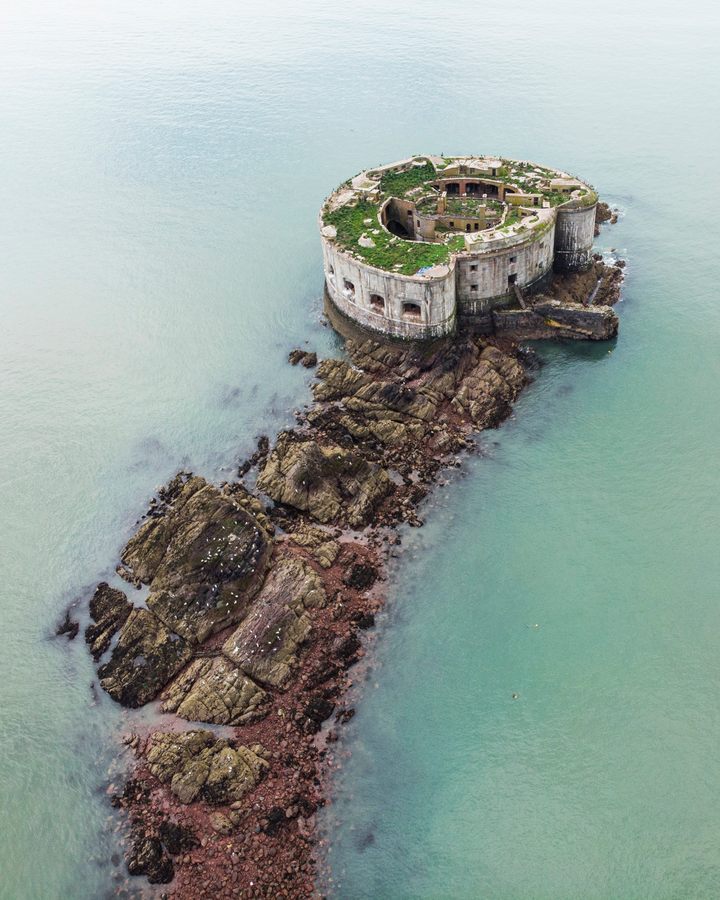
The Surprising Second Life of an Abandoned Victorian Sea Fort
“We want it to feel like you’re exploring something for the first time.”
Between 1850 and 1852, a mighty, squat stone fort rose from a low-lying island in the Milford Haven Waterway in Wales. Originally proposed by Thomas Cromwell, chief minister to King Henry VIII, more than 300 years earlier, Stack Rock Fort—about 800 yards off the coast—was built to protect the Royal Dockyard at Pembroke Dock from attack by sea. It had a 30-foot tower, walls nine feet and nine inches thick, and housed three large cannons and one smaller one. A few years later casemates were added, and by 1870, the fort got a major makeover, inspired by the threat of Napoleon III. A new battery was added, able to hold up to 175 soldiers and five officers. Most of the fort’s useful life was spent undergoing upgrades, and it only really saw active use during World War I. In 1929 it was finally decommissioned, disarmed, and scoured for useful materials. Since then, the lonely three-story fort has sat vacant but for crashing waves, nesting gulls, and opportunistic plants.
Now, nearly a century later, Stack Rock still stands. Inside, the past echoes through its eerie chambers: cannons sawed in half, skeletons of trapped birds in random rooms, and corroded control panels that were allegedly once linked to underwater minefields. The fort is now registered as a Grade II listed building and a scheduled monument, so any structural changes require special authorization.
In 2021, the property was purchased from a private owner by Anoniiem, a community interest company that proposed a new life for the place—one that looks a lot like the old one. The company plans to preserve the fort as a “living ruin,” embracing the nature that has taken over. The goal is to keep the air of discovery and magic it had built over its years of abandonment, says Nick, director of Anoniiem CIC, an ex-urbexer and history fanatic who prefers to go by his first name when discussing the fort. “We want it to feel like you’re exploring something for the first time,” he says. “We don’t want it to be cleaned up and turned into a museum or something for the rich. That’s not the goal.”
That year, Nick began inviting curious photographers to be inspired by the seemingly mystical site. One of these lucky photographers, Matt Emmett, owner of Forgotten Heritage, which specializes in architectural and heritage photography, has shared his photos for this story.
Atlas Obscura spoke to Nick about the wild world in and around the fort, its upkeep, and the future of this formidable, if obscure, monument.
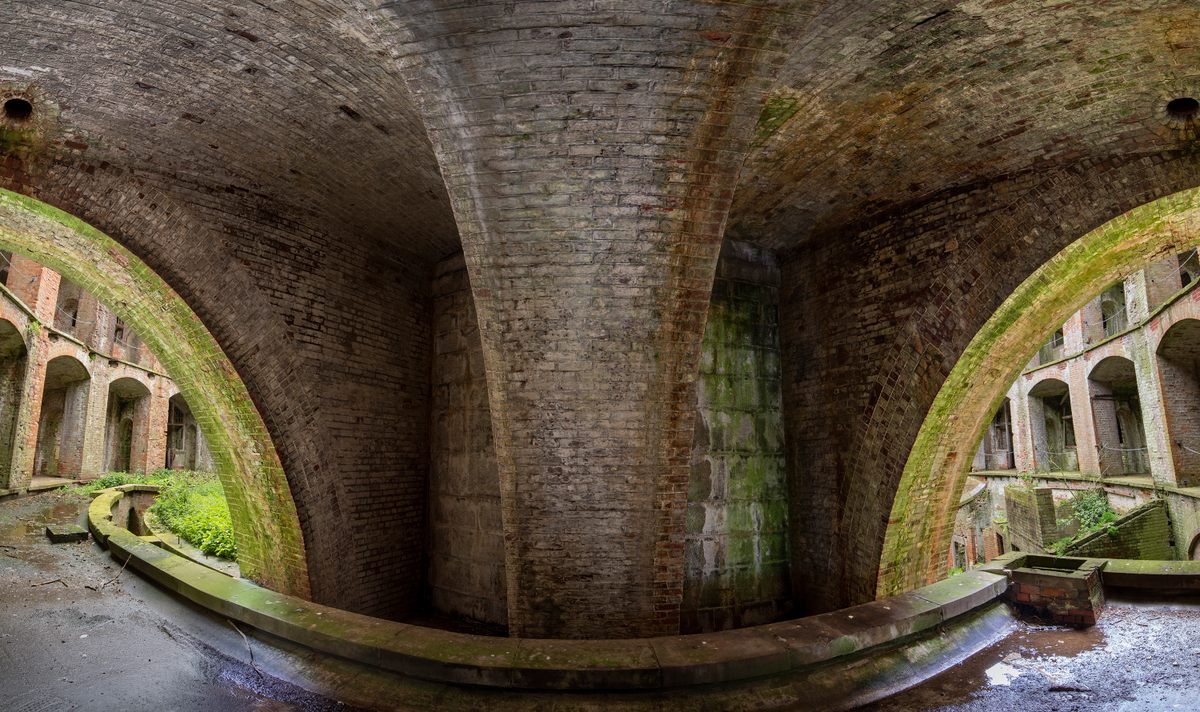
What was your first impression when you visited Stack Rock Fort?
I’ve heard all kinds of various descriptions when people first come in. The idea of it being a cathedral or being sort of like the Colosseum inside. We’ve heard Tower of Babel. We’ve heard it looks like Call of Duty—everything from Bond villain lair to some zombie apocalypse hideout.
When we first went in there it felt like someone basically just left it to nature—let it go. That’s why it’s quite magic. There’s no graffiti anywhere other than that from the soldiers and the builders who were there up until 1920. You can find a couple of names etched into the wall, but not much more than that. It’s really like it’s been taken over by nature, and I kind of connected with that. It’s wet and amazingly colorful with the combination of the stone and the natural life that’s growing. Oh, and it’s covered in seagull shit. There’s layers and layers of bird crap, and some dead birds as well.
The first thing you hear is the birds. They’re epic and loud. But you walk through and it opens up into this big curved space and then there’s a courtyard, and then there’s the whole tower inside that. So there’s a fort inside the fort.
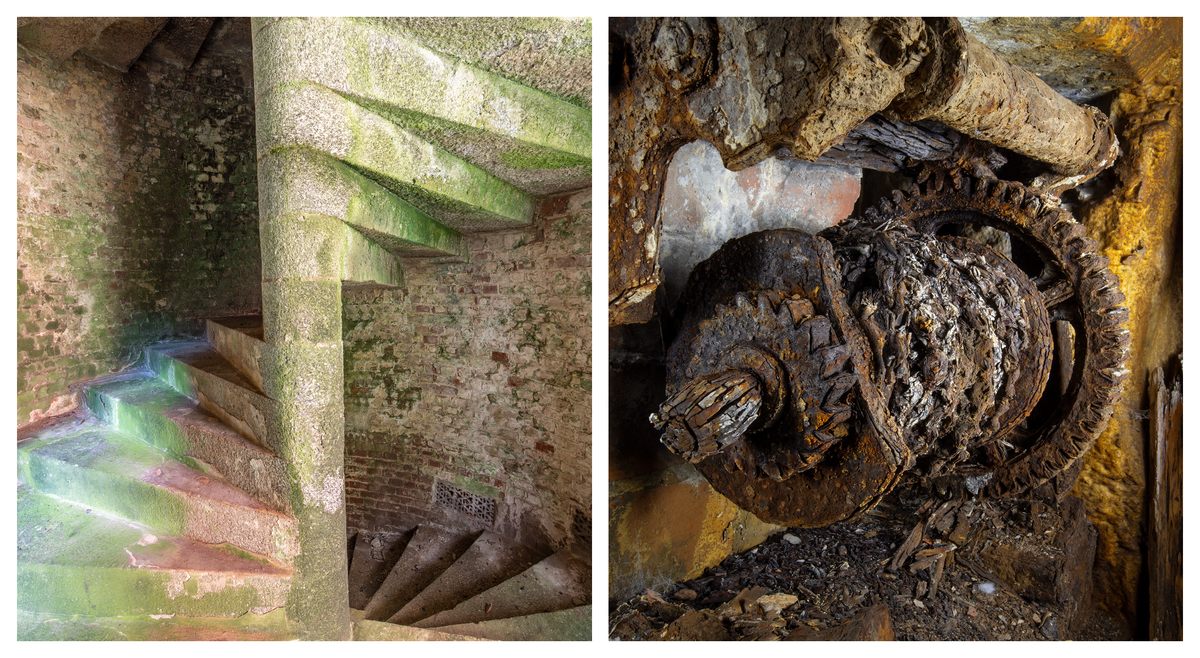
What have you been working on since taking over the fort?
We’ve made very, very few changes because we love it how it is. So it’s really about the state that it’s in and we’re trying to preserve that. It’s a stabilization and a sustainability project more so than a restoration or anything like that. It would be presumptuous of me to say that it needed us because it’s been there for so long and it’s doing just fine, but obviously we want to protect it and maybe even reinforce the aspect of nature taking over. At the moment, the plants are growing in combinations of bird poo and soil, but they will eventually start to get in the cracks and start to push the stones apart, so over time it is slowly being damaged. What we’re going to try to do is make that a bit more sustainable and allow for the plants in a way that protects the architecture—embracing the nature side of it, but encouraging it in the right way. There’s a plan for these immediate needs, and that needs money and time. But we’re not the experts, that will require us to partner with actual experts. There are no quick wins with this. It’s definitely a long-term plan.
Some of the work we’ve done is about access and safety. We put in a CCTV system. That’s off-grid, just so that we can keep an eye on it and make sure it’s safe. We’ve had to put on a new door, partially because the old one was damaged and it was obviously decayed, but now we put in the kind of door that the place deserves. It’s four panels of steel. No one’s getting through that.

Has the fort had problems with security?
We’ve had a little bit of that action. The front door was damaged, and we had the locks cut off quite a few times. It’s a bit tricky, because I get it. I don’t want to be a hypocrite, and I do have a bit of a background in urbex and visiting abandoned places, and I love that aspect of old industrial architecture. So I understand why people really want to visit and experience it. And especially this place, it’s kind of a holy grail.
But the problem is that, in the typical urbex way you’re supposed to leave nothing but footprints and take nothing but pictures, but we’ve had situations where that’s not been the case and people have damaged the door and have fires on the structure. It’s a scheduled monument so it’s protected by British law and any damage that happens to it is actually very serious. Our job is to make sure that it’s a bit protected from that. I think we’re in a good spot now.
Beyond security, what other obstacles have you faced?
It’s insane. I mean, consider that there’s no power or plumbing or anything and the fact that there’s really only one door in. I still don’t understand how it was built in the first place without any of that, but if you’re trying to bring in building materials now, a helicopter is kind of the answer, and then obviously it’s ridiculously expensive. So at the moment, we’re doing it with small boats and we’re doing it piece by piece—slowly. For things like safety, we’re adding safety covers for the areas where there’s holes that drop down two floors. That’s the level of fixing that we’re doing at the moment.
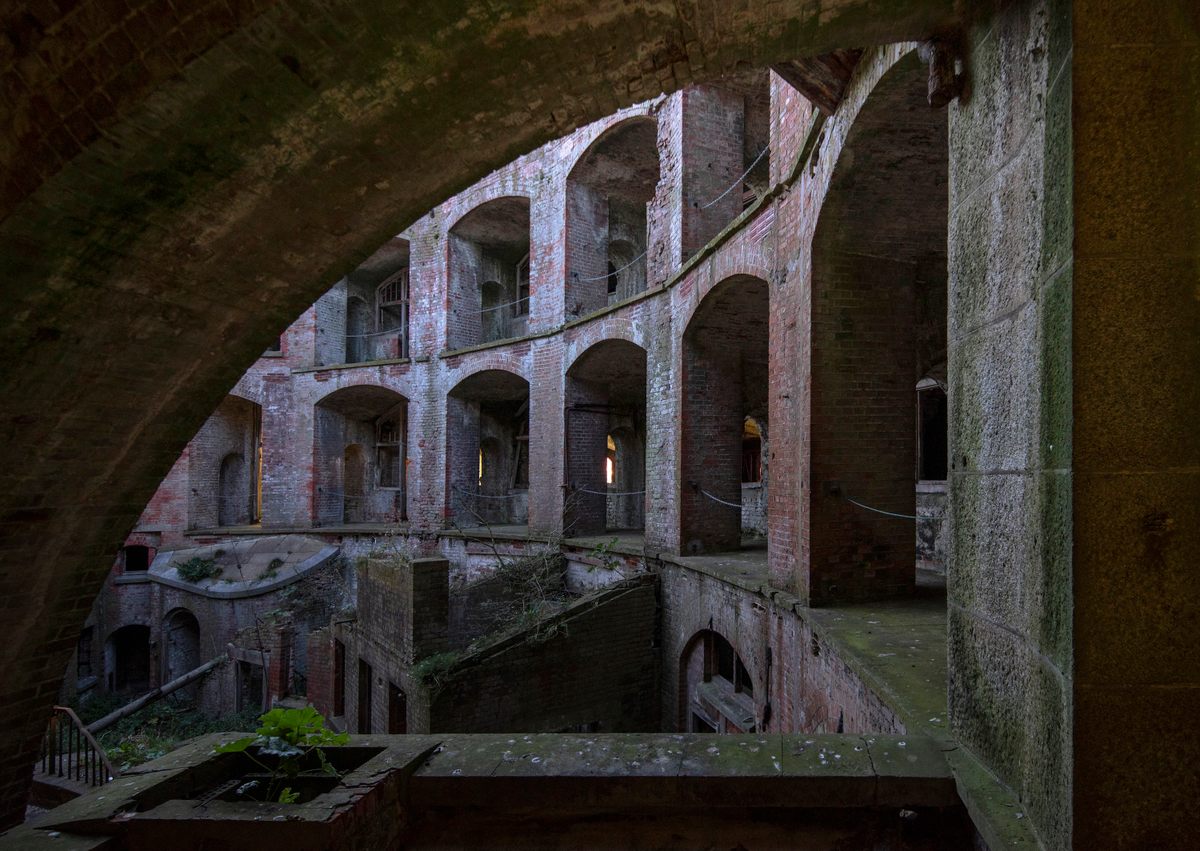
Did you have any experience in historical preservation projects before you got involved with the fort?
No, it was a bit of a crazy COVID lockdown moment, I think. When I was growing up, we traveled just to see ruins and castles, and I eventually took that further and explored abandoned places. So it was in my DNA, that love of history and that appreciation.
It’s kind of a funny story. It was listed as a “detached property,” and that’s all it said. There was a pin in the middle of the harbor, so we clicked on it and we thought, “Wow, that’s actually really interesting. What the hell!” No one else was crazy enough to take this on. So we’re the stupid ones. It was my wife actually who found it, and she says, “I think I’ve found your dream place,” and showed me on the laptop. Then we did the search and we started finding a few drone pics and historical stories, and then got really interested. Eventually we found the owner and had talked with him on and off for six months. At that time he was quite old and his dreams of what he would do with the place were sort of beyond him. So he said, “My time is done. It’s time for someone else to pick it up.”
I would say that there’s no way we would have taken on something like this if we hadn’t found that there was a really strong community groundswell around turning it into something beneficial.

So then you invited photographers to come out?
When we first were researching the place there was really not much information out there. There were a few drone photographs, and then we started seeing more and more of these amazing aerial shots. I contacted all of the people who were doing it, and said “Is it fine if we can share these?” The common response was, “Well, can we come and see it?” So we arranged a group of just 12 of them to come on board. We cooked them breakfast and gave them coffee and said, “Go nuts and explore.” So it was completely unsupervised. They could explore and wander and do whatever they wanted to do. Obviously there was a bit of guidance, that the place is dangerous. It went so well that we just kept getting more and more requests. We started offering access on weekends in the summer, for donations, of course, so we can cover costs toward the upkeep. At first we thought there was no way people would want to stay there from high tide to high tide, which is 11 hours, but they just didn’t want to leave. I mean, it takes hours just to walk around and see every room anyway. It’s enormous.
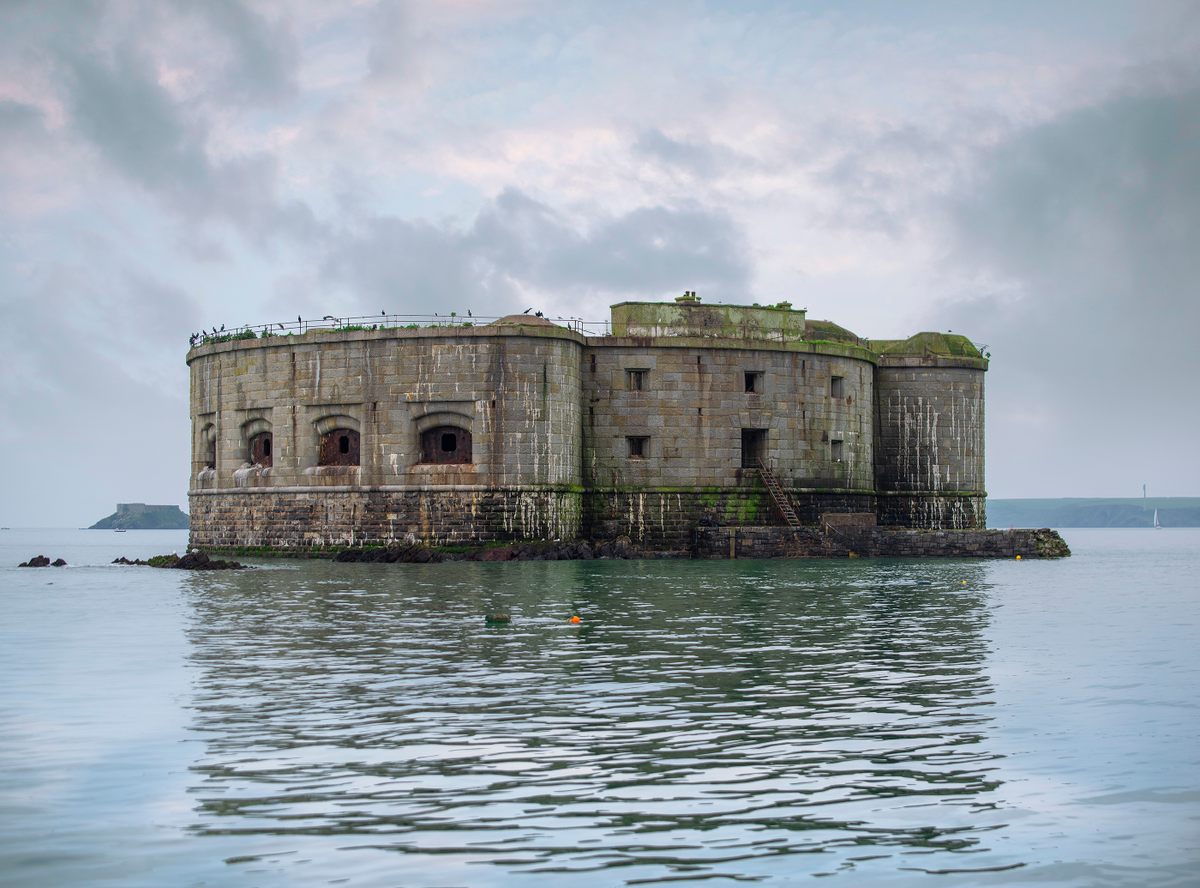
Do you have plans to also make the fort accessible to the public?
Yeah, that is exactly part of its mission. It’s definitely a goal. We would like for it to be open or accessible, but it will never be open to everybody. It will never be safe for kids or anyone with mobility challenges. We’ll always be one of these explore-at-your-own-risk kind of things. In a way, that’s exactly what we’re going for, that it maintains some kind of mystique. Danger is the wrong word because we want to make it safe, but in a way that really feels like you’re exploring something.
People say, “Oh, wouldn’t that make an amazing exclusive hotel?” or that we should make it a museum, or we should do this or that. I love that people are thinking like that, but that’s really not feasible or viable. We want it to be wild and feel like you’re exploring something for the first time, we don’t want it to be cleaned up and turned into a museum or something for the rich. We want everybody to be able to get what they want from it—not to be able not to give the stories to them, but for them to create their own stories.
To be fair, the final vision is an evolving thing. It’s a living ruin, it’s not supposed to have a final state. We don’t need it to be that five-star hotel. We just need to make sure that it’s always there.

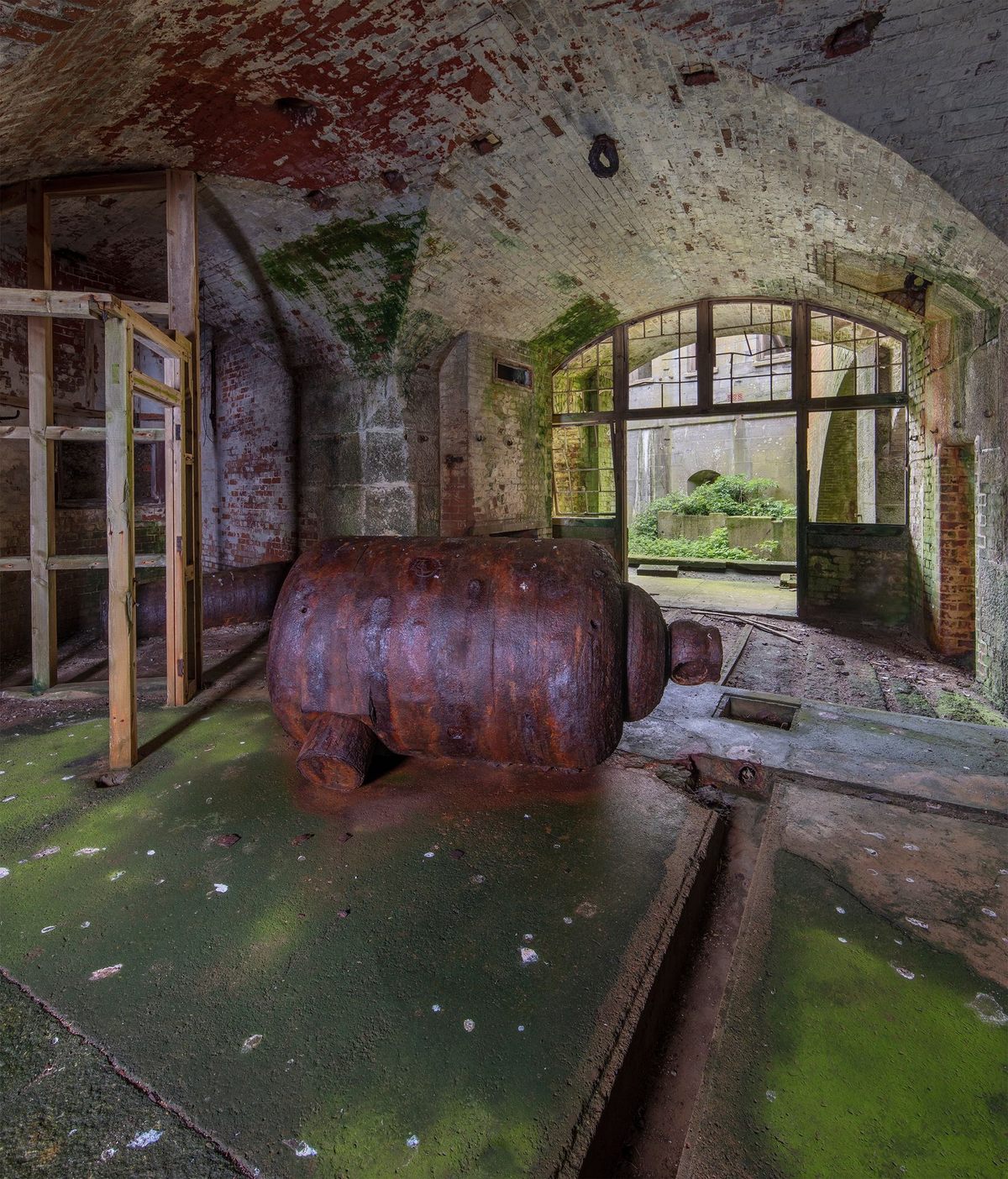



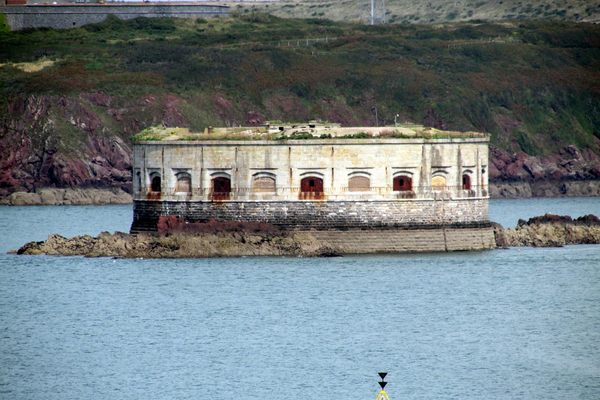
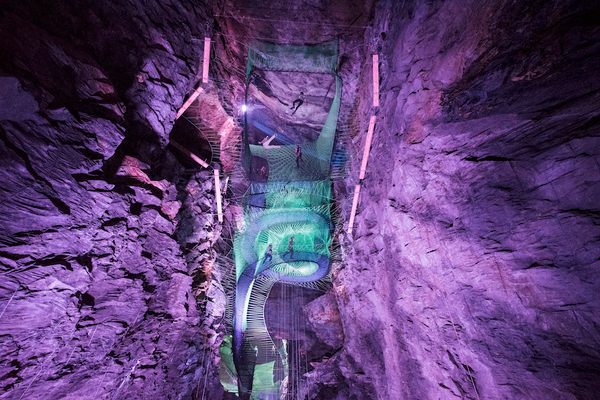




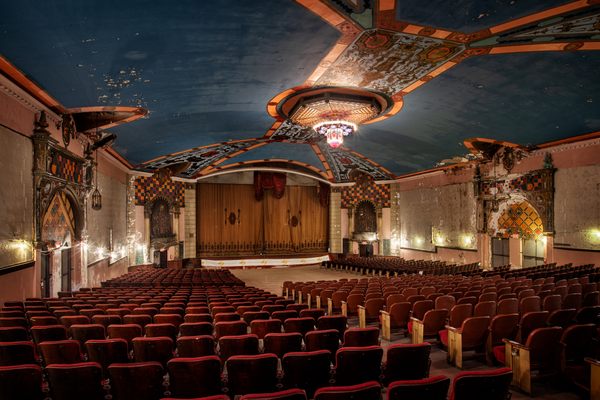








































Follow us on Twitter to get the latest on the world's hidden wonders.
Like us on Facebook to get the latest on the world's hidden wonders.
Follow us on Twitter Like us on Facebook